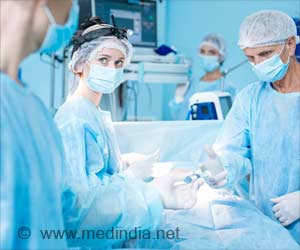The majority of cases reported in the study involve children undergoing lung surgery, but the technology was also used to devise personalized plans for patients with large mediastinal masses (MM) in the chest that compress the heart and lung, including one pregnant woman.
“Using imaging scans, our anesthesia team were able to print highly accurate models of patient airways on which to plan and practice their procedures”, explains Dr. Ruth Shaylor, lead author of the report.
This is particularly important in children because they are smaller and so is the margin for error. Being able to see, hold and rotate a precise replica of their patient’s airway provides information on the most appropriate airway equipment that might be invisible on a flat scan.
A 3D model can be made in 30 minutes, and a single print can be turned around in 3-4 hours on entry-level 3D printers.
To examine the potential benefits of these technologies to anesthetic management, researchers retrospectively reviewed all 20 patients referred for 3D modeling as part of their anesthesia plan between July 2019 and July 2021.
Results showed that when 3D printing was used, the airway plan practiced on the model ended up being the final airway plan in 13 of the 15 (87%) patients.
This reduced the potential for trial and error during surgery. There were two cases where the model plan was either more conservative (the equipment used was larger than the model suggested), or one case in which a model could not be made because of poor initial imaging scans.
After reviewing virtual reality images, none of the MM patients had to have invasive procedures performed before being anesthetized. In addition, there were no reports of any anesthetic complications in patients referred for 3D modeling.
Anaesthesiologists involved in these cases reported less stress, and by reviewing them with the surgeons, there was a greater understanding of the challenges involved for each patient.
Sharing these models with patients gave them a deeper understanding of their upcoming surgery and helped improve communication.
Source: Medindia



